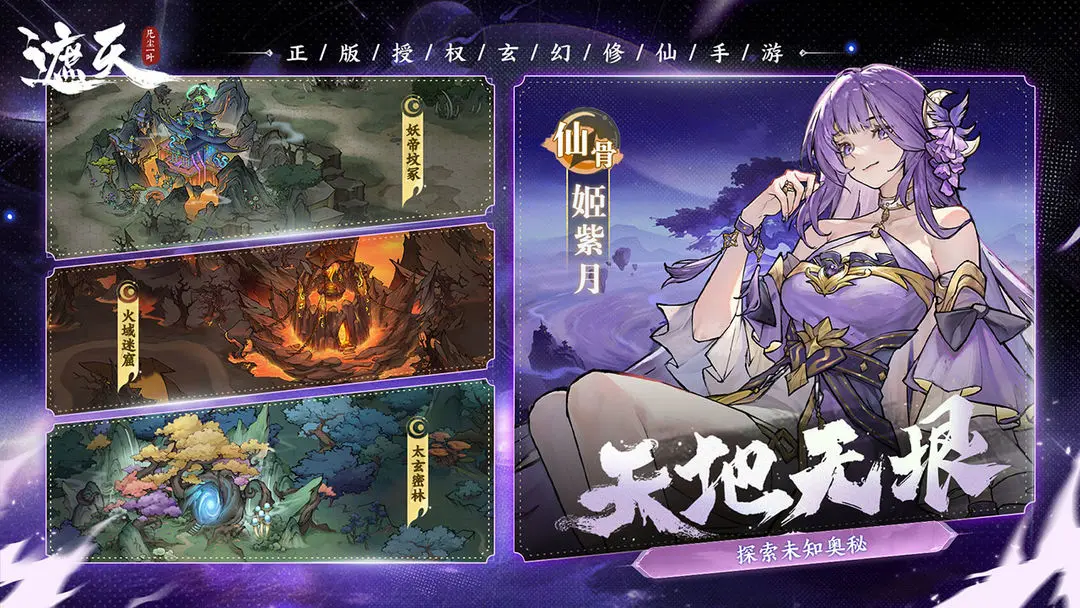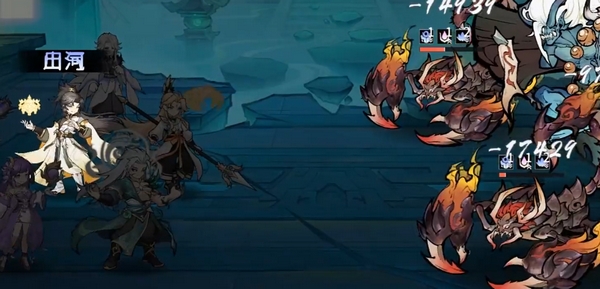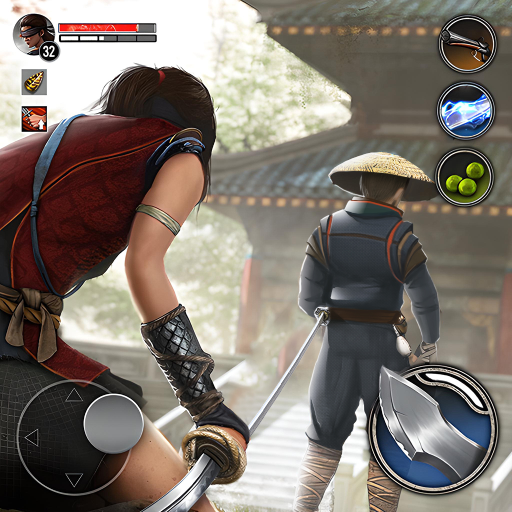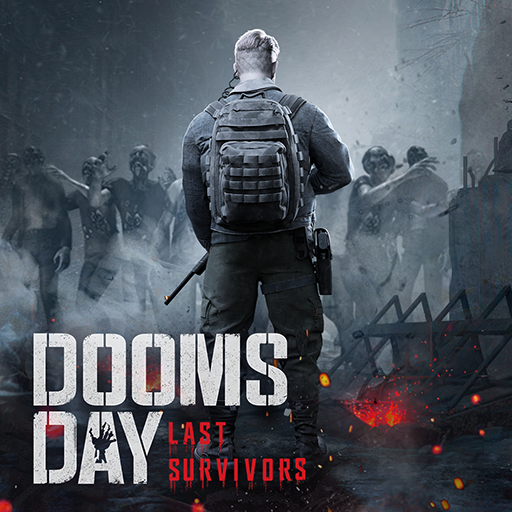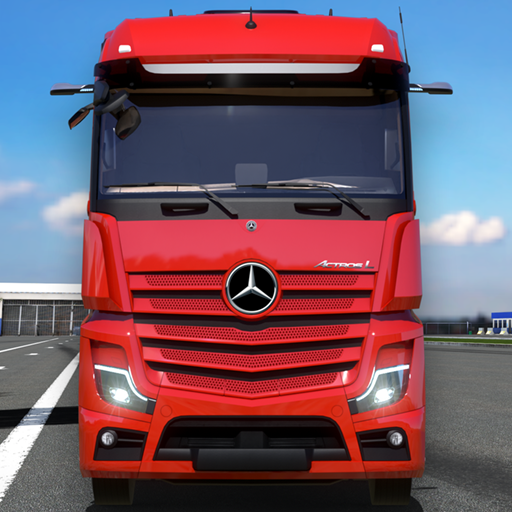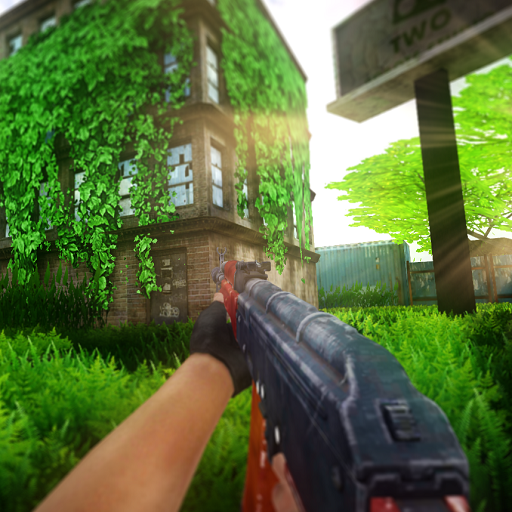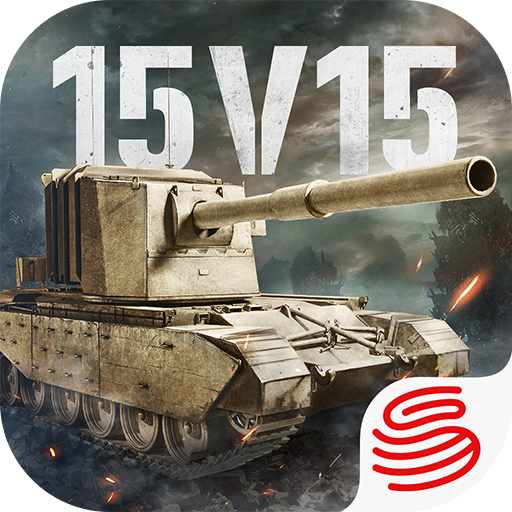In the game Star Trace Resonance, the settings for each class are quite good. As a ranged class among mages, the Ice Mage stands out with its unique charm and powerful abilities, attracting the attention of many players. In the Star Trace Resonance mage talent point allocation guide, you can find information on how to use the Ice Mage. This article will also briefly discuss some late-game builds for this class, so players who play this class should definitely check it out.

The Ice Mage is far from an ordinary mage; it is not just a control-oriented class but also possesses excellent control capabilities. In team battles, the Ice Mage uses various clever skills and strategies to assist teammates and achieve comprehensive control over the battlefield. As a representative of long-range attacks, the Ice Mage excels at using ice power to attack enemies. Its attack methods are unique and diverse, capable of suppressing enemy movements effectively by releasing various ice skills.
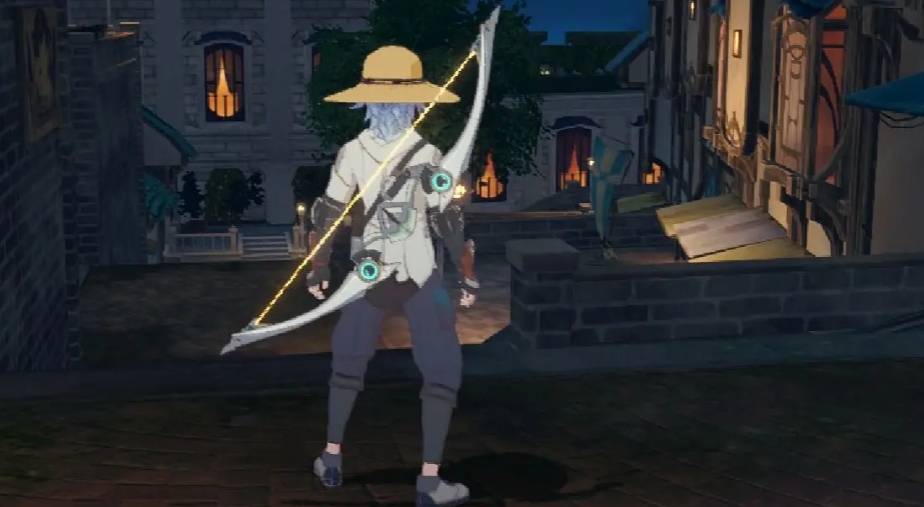
However, the Ice Mage is not invincible. Due to its relatively low defense, it needs to maintain a safe distance from opponents to avoid being caught in close combat and falling into danger. But it is precisely this characteristic that gives the Ice Mage a unique advantage in group battles. It acts like a ruler of the icy domain, particularly suitable for attacking multiple enemies. With powerful area-of-effect damage skills, the Ice Mage can quickly clear the battlefield in a short time.
For the development path of the Ice Mage, there are two distinctive routes for players to choose from: the Ice Lance Build and the Ray Build. Let's start with the Ice Lance Build, which is one of the core builds for the Ice Mage. In this build, the Ice Mage uses a series of skill combinations to deliver deadly attacks. The Ice Arrow skill, like a nimble arrow of ice, can instantly traverse the battlefield, dealing unexpected damage to enemies. The Ice Lance skill, on the other hand, is a symbol of power, with each throw containing a powerful ice force, capable of deeply piercing the enemy's body.
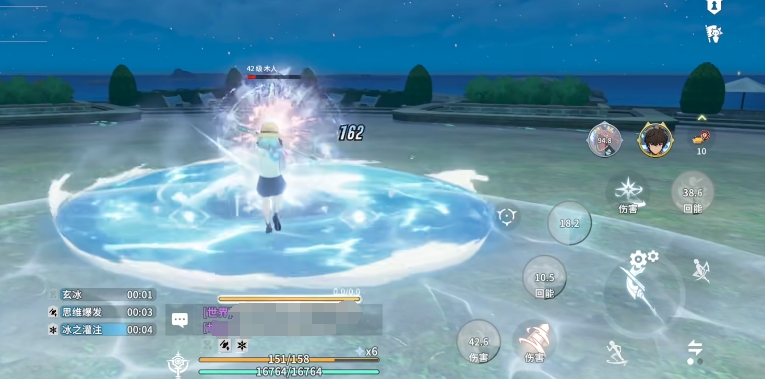
The Dark Ice Meteor skill involves ice meteors falling from the sky, striking the enemies. More importantly, while these skills are being cast, they can also quickly restore energy, allowing for faster skill cooldowns and increasing the frequency of skill releases. For players choosing the Ice Lance Build, attribute enhancement is crucial. Players need to focus on improving luck and critical hit attributes. The luck attribute allows the Ice Mage to trigger unexpected lucky effects in battle, while the critical hit attribute is a key factor in determining damage output.
In terms of attribute pairing, critical hit rate is the most important attribute, and it is recommended that players stack it to over 35%. When the critical hit rate reaches a certain level, every attack has the potential to trigger a critical hit. Additionally, the luck value should be at least 200 points to achieve high-frequency skill synergy. Of course, haste is also important as it speeds up energy circulation and skill release, allowing the Ice Mage to gain the upper hand on the battlefield. Although intelligence is not a top priority, it can still enhance damage to some extent, and hit rate is another critical attribute that cannot be overlooked.
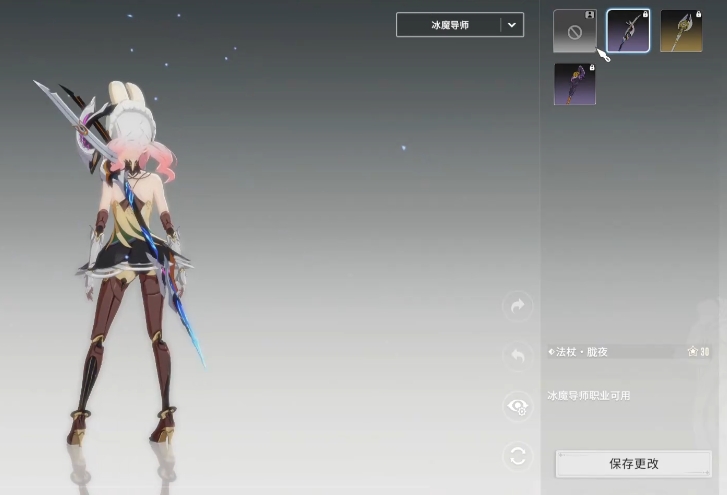
In team coordination, the role of the Ice Mage is irreplaceable. It can first use Frost Nova to control the battlefield, allowing teammates to safely unleash their own skills under the Ice Mage's control. The Ray Build focuses on stationary burst damage. In this build, the Ice Mage uses the Ice Ray as its core skill. Once fully charged, it can easily ignore the enemy's defenses and directly hit their vital points. Therefore, for players who prioritize attack, the Ray Build is more recommended in the game.
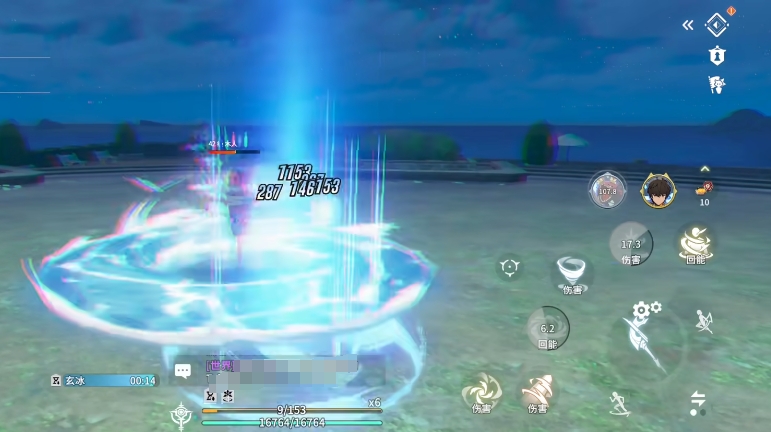
Have you learned about the Ice Mage in the Star Trace Resonance mage talent point allocation guide? As a class with unique characteristics, both the Ice Lance Build and the Ray Build have their own unique charms and combat styles. Both builds can be adapted to different combat environments through adjustments in equipment and talents. Players can choose the build that suits them based on their personal preferences, team needs, and output habits.
